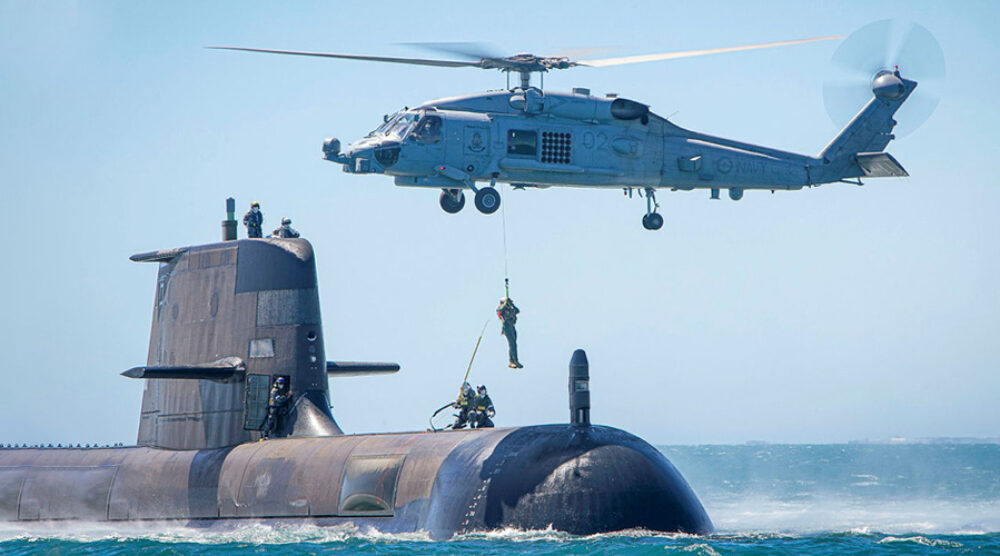Australia’s acquisition of a replacement for its Collins class conventional submarine fleet is proving remarkably complicated. The 2009 Australian Defence White Paper agreed to by the then Labour Party Government announced the six Collins would be replaced by 12 new submarines, possibly of an evolved Collins design. In 2013, a conservative Liberal National Party (LNP) government was elected, and the new Prime Minister Tony Abbott now became focussed on buying Japanese designed submarines. Instead in 2016, his replacement, Malcolm Turnbull, awarded a large contract for eight very large, French designed conventional submarines to be built in Australia. In 2021, Turnbull’s replacement, Scott Morrison terminated the contract. Now the solution was to be acquiring nuclear attack submarines (SSNs) under a remarkable tri-nation agreement titled the Australia United Kingdom United States (AUKUS) partnership.
In 2022, a new Labour Government led by Prime Minister Anthony Albanese was elected vowing to continue this SSN decision. It was now formally a bi-partisan initiative although the LNP, now in opposition, does criticise and grumble. On 13 March 2023, the leaders of the US, UK and Australia announced the detail of this latest Australian submarine plan.
A Grand Plan
The plan encompasses two levels and involves much more than equipment purchases. At the strategic level, the primary intent is to deter Chinese adventurism, particularly in the current decade and especially against Taiwan. The secondary aim is to increase the three nations’ presence in the Indo-Pacific. At the acquisition level, the purpose is to buy eight SSNs and transition Australia’s submarine crews and maintenance teams into, what is for them, the wholly new technology of nuclear propulsion. In so doing, Australia believes it will gain a submarine capability advantage over potential adversaries through the stealth, speed and range characteristics that SSNs bring.
The plan’s initial phase started this year with the embedding of Australian military and civilian personnel with the UK’s Royal Navy (RN), the US Navy (USN) and within the British and American submarine industrial bases. As part of this, the US Congress in the FY2023 National Defense Authorization Act consented to Royal Australian Navy (RAN) submarine officers training at the Naval Nuclear Power Training Command and eventually serving on operational USN SSNs to gain experience and expertise. Less visible but no less important, Australia also aims to send hundreds of dockyard workers to US and UK shipyards, as well as scientists and engineers to US and UK technical facilities, for specialised skills training and to gain the know-how required to build and sustain nuclear-powered submarines. This first phase will also involve the USN (in 2023) and the RN (in 2026) making longer and more frequent SSN port visits to Australia. This will strengthen Australia’s existing experience in hosting such visits and support planned later expansion.
Please click here to read the full “AUKUS sets sail in the Indo-Pacific” article published in European Security and Defence May 2023 (pp 130-133), written by Griffith Asia Institute Visiting Fellow, Dr Peter Layton.








